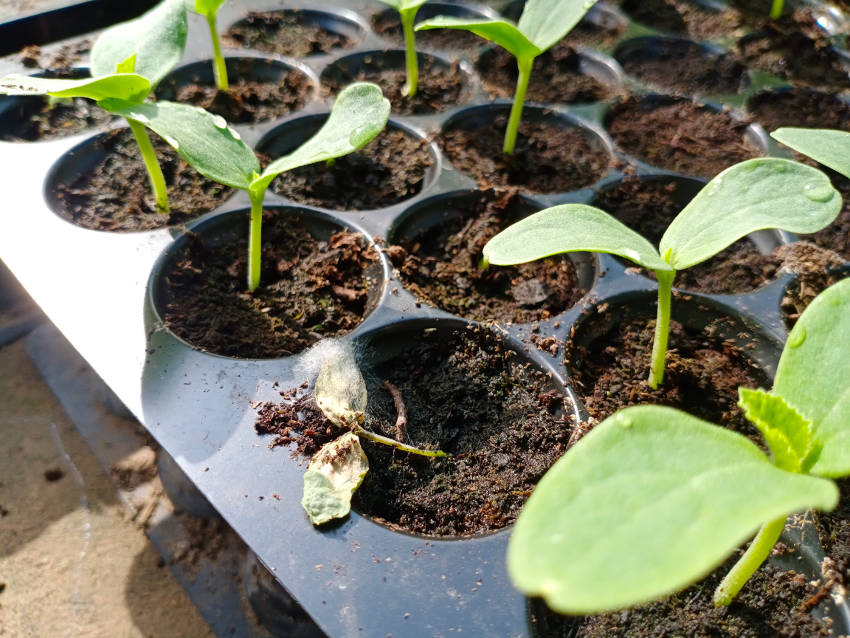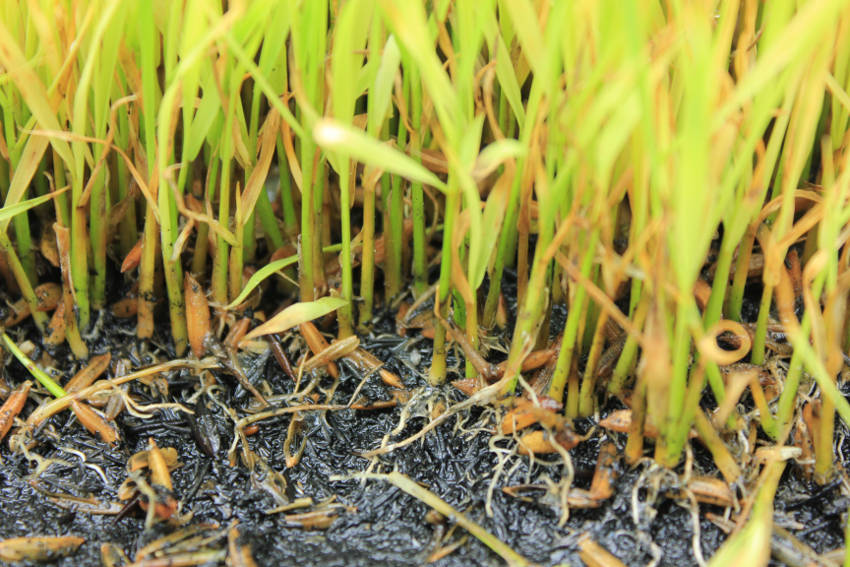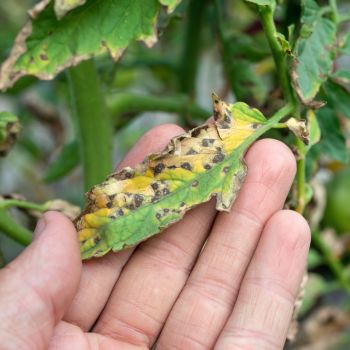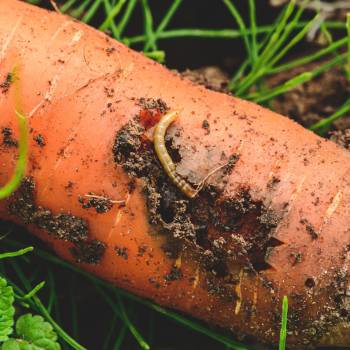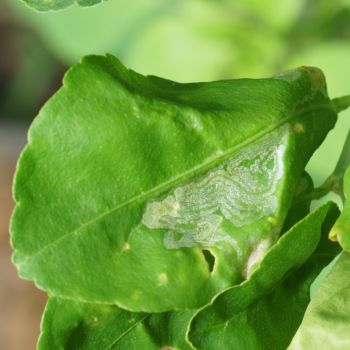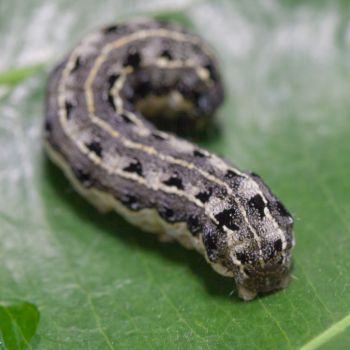Sowing a batch of seeds should be the start of an exciting adventure, leading in time to a mature and healthy plant to be proud of. Unfortunately, as all gardeners know, the path isn't always so straightforward.
One of the most disappointing and demoralising ways that a plant can fail is when a young seedling keels over and dies, shortly after germination and for no apparent reason.
The most likely culprit behind this situation is a phenomenon known as damping off, and it's a common problem that's usually down to poor sowing conditions.
What is Damping Off?
Damping off is caused by fungal growth in the soil, which eventually transfers to the seed or seedling. The term is used to describe an end result rather than a specific disease, and damping off can be caused by many different types of fungus.
Damping off can sometimes happen before germination or immediately afterward, with the seedling never making it through the soil's surface. This particular form is known as pre-emergence damping off, and it's a frustrating thing to happen to any gardener.
As there's no visible reason why the seedlings aren't showing up, plenty of time can be wasted waiting for them to appear. Worse, it's easy to give up and sow a second batch of seeds, straight into the same conditions that caused the original problem.
However, damping off is also very common once the seedling has broken through the soil, and this is known as post-emergence damping off. The young plants start to rot at the crown, where the plant's stem emerges from the soil, and the plant will quickly become soft and keel over sideways under its own weight. This collapse invariably kills the seedling.
Post-emergence damping off mainly affects very young seedlings. As the plant grows, it forms a thicker layer of stem tissue which prevents the fungus entering the plant's system, and also provides extra strength to avoid the seedling toppling over. However, the underlying fungal growth can still greatly reduce vigour in older plants as the mould attacks the roots.
Visible Damping Off Symptoms
The first sign of damping off is often the final one as the plant falls over and dies. However, if you're alert to the possibility of damping off, there are some earlier signs to look out for.
While the different fungus types can cause slightly different symptoms, the common factor is that the seedling will turn soft and mushy at the base, and will usually become discoloured. The seedling stems are the part most often affected, but if the seedling is relatively mature, the leaves can also become discoloured before wilting and falling.
A key feature of damping off is that the whole process usually happens very quickly and in very young plants, giving little time to spot and rectify the problem. It's this detail that mainly differentiates damping off from other fungal diseases affecting more mature plants.
Which Conditions Cause Damping Off?
In a cruel coincidence, damping off is most likely to happen in precisely the conditions which most seeds need to germinate. The fungal spores are kicked into action by moisture, and feed on the nutrients in the compost and those contained in the seed or seedling itself.
Some types of damping off fungus prefer warm soil, but the majority prefer relatively cool temperatures, and particularly enjoy damp, cloudy weather conditions where there's plenty of moisture in the air. Unfortunately, this makes peak germination times in spring also the most dangerous times for damping off.
Preventing Damping Off Through Careful Watering
The most important way to avoid damping off is to take care when watering. Waterlogged soil is a great danger, so water sparingly before germination and in the very first stages of growth.
Watering from below using a drip tray is a good way of controlling moisture levels, but if this isn't possible, use a fine spray or mister rather than a watering can to keep surface waterlogging to minimum.
Also avoid watering after noon, as fungal growth is fastest in soils which are damp in the evening hours and overnight.
Consider Fungicides
Once damping off afflicts a plant, it's usually too late to save the individual. However, applying a fungicide can help prevent the problem spreading throughout all your seedlings.
But as with all chemical treatments, incorrect use can do more harm than good. Make sure the fungicide product you buy is safe for the specific plants you're growing - especially important for food crops - and don't overuse it hoping to make a quicker impact. Ideally, buy a natural organic fungicide which will minimise the unwanted side effects on your garden ecology.
General Damping Off Prevention and Control Measures
Other than taking care when watering and using fungicides, there are several preventative measures which can work well in combination. What's more, most of them also work well to control other mould problems such as mildew and rust.
- Remove affected seedlings immediately, along with their soil and containers. Don't give the fungus a chance to spread across your entire seedling stock.
- Be scrupulous over good seed-sowing hygiene. Use clean pots every time, don't routinely re-use compost, and definitely discard soil where damping off has already happened.
- Use sterilised soil or compost when sowing, either shop-bought or homemade by heating ordinary soil in an oven.
- Also sterilise any tools you use when sowing to avoid spreading pathogens around.
- Don't over-compact the soil as this reduces drainage, risking waterlogging and rot.
- Fill seed pots to the brim with soil to avoid pockets of humid, stagnant air on the surface.
- Don't overcrowd seeds when sowing. Not only does this increase the fungus-breeding humidity between the seedlings, but it also deprives them of resources, leaving them weaker and more susceptible.
- Ventilate seed beds well, for example using a small, gentle fan to increase airflow around seedlings grown indoors.
- Follow sowing directions carefully, particularly for sowing depth. Sowing a seed too deep gives more chance for rot to set in while the seedling's still at the tender, below-ground stage.
A first experience with damping off is disappointing and confusing, but it's something that happens to every gardener from time to time. The key is to be aware of the risks, avoid the fungus's favoured conditions, and take action as soon as you suspect damping off is a danger.
